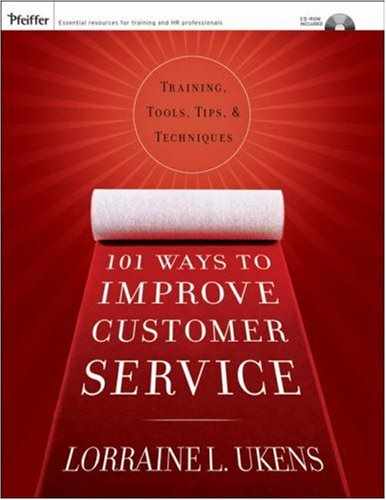When team members or support units within the organization work together, disagreements can occur in terms of coworkers’ behavior, attitude, or opinions. There are times when these situations can cause a breakdown in group performance or result in division within the team itself. From time to time, you may need to confront these issues directly to keep things running smoothly on the job. The next time you are faced with a personal confrontation with a teammate, try using the following method to smooth out conflicts and solve problems when working with others on an ongoing basis.
State the problem. The key to effective confrontation is to focus on the problem behavior or issue and not on the person. When you talk to the other person, do it one-on-one and in private. Remain calm and do not make accusations. Try to keep anger, blame, and annoyance out of the tone of your voice and use clear, unemotional words.
Listen and restate. After stating the problem, sit back and wait. By taking a moment to pause, you let the other person feel free to respond. Carefully listen to what is being said and don’t make assumptions about what will be said. After the other person has finished speaking, acknowledge his or her feelings and clarify the message by restating the information that he or she presented.
If necessary, address the problem behavior or issue again. If the person provides a good explanation for the behavior (for example, he or she was unable to obtain information), you can immediately move on to the final step of problem solving. However, you may need once again to confront the issue from your perspective. It is important to frame your opinions in terms of solving the problem, especially in terms of facilitating group performance, and this may necessitate taking on some of the responsibility for why the problem behavior or issue occurred in the first place. This approach indicates a willingness to share the problem with the other party.
Should you feel that you are unable to move into a state of problem solving at this point, repeat the middle steps again and again until the other person is ready to move on. This process may appear to be time-consuming, but it is a worthwhile effort because it can effectively eliminate the potential for strong emotions that could cloud the issues.
Begin to find solutions. The final step is to restate the initial problem to make sure you both agree on the issues involved and then to identify and discuss a variety of alternatives. In order to commit to a resolution of the problem, encourage the other person to select one or two action steps that directly help resolve the issue. Offer assistance or help the other person find appropriate resources. It is important to emphasize the benefits to the team of resolving the problem.
Follow up. Monitor the situation in terms of the original problem or issue to see if things have been resolved. If there is improvement, provide positive feedback to the other person. If not, use this technique to start the process of confrontation again.
